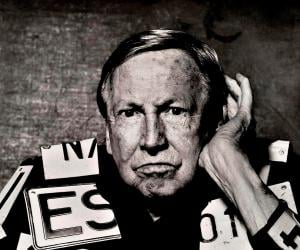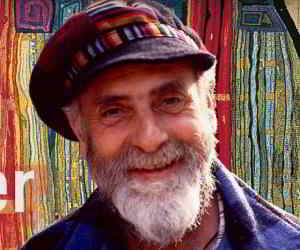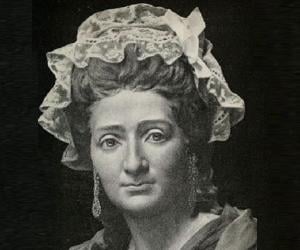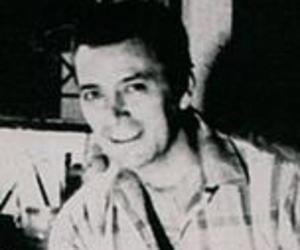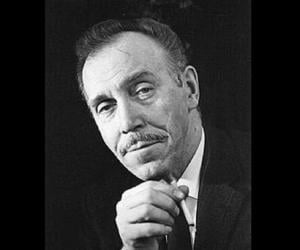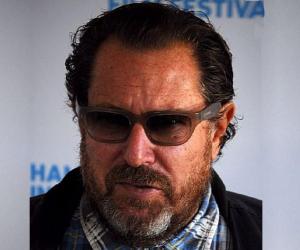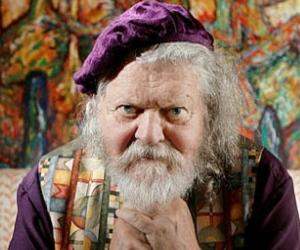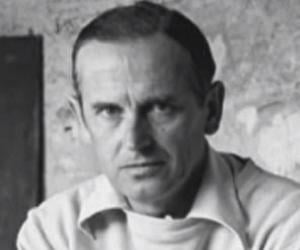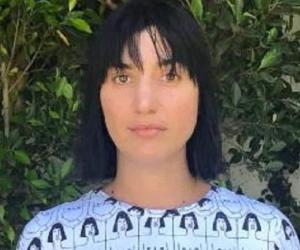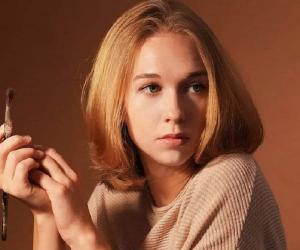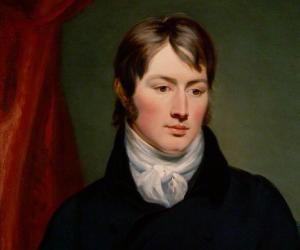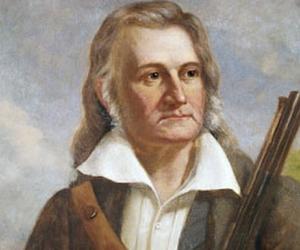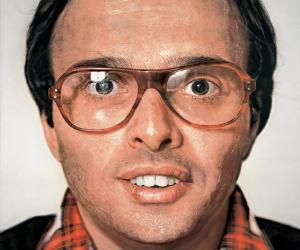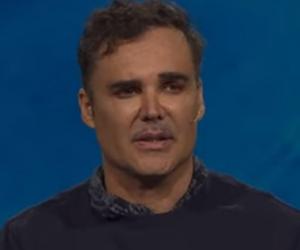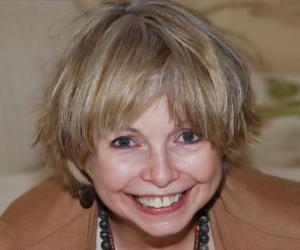Quick Facts
Died At Age: 82
Family:
Spouse/Ex-: Susan Weil (m. 1950–1953)
father: Ernest R. Rauschenberg
mother: Dora Carolina
siblings: Janet Begneaud
children: Christopher
Artists American Men
Died on: May 12, 2008
place of death: Captiva, Florida, United States
Diseases & Disabilities: Dyslexia
U.S. State: Texas
More Facts
awards: 1993 – National Medal of Arts
Childhood & Early Life
He was born as Milton Ernest Rauschenberg to Dora Carolina and Ernest R. Rauschenberg. He was of mixed ancestry.
Artistically inclined from an early age, he studied at the Kansas City Art Institute and later went to the Academie Julian in France. In 1948 he went to the Black Mountain College in North Carolina.
He joined the Art Students League on New York in 1949 and studied with Vaclav Vytlacil and Morris Kantor till 1952. There he became acquainted with artists Knox Martin and Cy Twombly.
Career
He was an unconventional artist from the very beginning. He held his first solo show in 1951 at the Betty Parsons Gallery. The same year he also started making what he called the “White Paintings’ which appeared to be plain white canvas. He also made “Black Paintings” which were single colour works.
He began working on the “Red Paintings” by 1953-54. This series was created using multiple kinds of red paint applications to a canvas to which materials like wood, nails, newspaper clips, etc. were attached.
During the 1950s, he developed a unique art form which he called the “combines”. He collected trash and other waste materials from the streets and integrated them into his work. He wanted to give new meanings to already existing, “normal” things.
His combines blurred the boundaries between the works of sculpture and paintings by merging them together. His works from 1954 to 1962 fall under this category.
One of his first combines, ‘Bed’ which he created in 1955 was simply made by dripping red paint over a quilt. Art critics regarded the work to a symbol of violence and rape.
Initially critics tried to decipher his combines based on their shape, colour, texture, etc. but over time it became increasingly difficult to decode the hidden symbolic messages in his art work.
Starting from the early 1950s he designed sets and costumes for Merce Cunningham, Paul Taylor and Trisha Brown. He was part of the radical theatre experiments during the 1960s.
‘Life’ magazine commissioned him to visualize a modern inferno in 1965. He included all the horrors of wars, racial violence, neo-Nazism and ecological disasters in his art work.
Throughout the 1970s and 1980s he continued his experimental works. He was highly intuitive and unconventional. Several career retrospectives were organized over these decades including the ones held by National Collection of Fine Arts and Solomon R. Guggenheim Museum.
He announced his Rauschenberg Overseas Culture Interchange (ROCI) at the United Nations in 1984. This led to a seven-year long tour covering ten countries including Mexico, Chile, Tibet, Japan, Cuba and Malaysia where he left pieces of his work to encourage world peace.
He created the Robert Rauschenberg Foundation (RFF) in 1990 to promote awareness about issues regarding environment, humanitarianism, and world peace. He also set up Change, Inc. to provide grants to visual artists in dire financial conditions.
Major Works
He is best remembered for ushering in the pop artist movement of the 1960s with Jasper Johns. He developed a new art form, the “combine” which includes unconventional everyday items like wheels, pins, clothing, paper cuttings, etc. incorporated into paintings.
Awards & Achievements
In 1993, he received the National Medal of Arts.
He was presented with the Leonardo da Vinci World Award of Arts in 1995 in recognition of his more than four decades of contribution to meaningful art.
Personal Life & Legacy
He married fellow artist Susan Weil in 1950 and had a son the next year. The couple divorced soon after in 1953.
He was reported to have had relationships with the artists Cy Twombly and Jasper Johns.
He died of heart failure in May 2008, aged 82. A memorial exhibition was held at the Guggenheim Museum on 22 October 2008 on the occasion of what would have been his 83rd birthday.
Facts About Robert Rauschenberg
Robert Rauschenberg was known for his innovative approach to art, often incorporating everyday objects such as newspapers, photographs, and even taxidermy animals into his mixed media works.
He was a pioneer in the Pop art movement, blurring the lines between fine art and everyday life by incorporating elements of mass culture into his pieces.
He was known for his collaborations with other artists, including choreographer Merce Cunningham and composer John Cage, showcasing his interdisciplinary approach to creativity.
Rauschenberg was a philanthropist, establishing a foundation to support emerging artists and providing grants to arts organizations around the world.
See more:
- Tex Avery(Golden Age Animator & Creator of Classic Cartoon Characters ‘Bugs Bunny’, ‘Daffy Duck’ and ‘Porky Pig’)
- Franz Xaver Gruber(Organist)
- Christian Friedrich Daniel Schubart(Poet)
- Wolfram Freiherr von Richthofen(German World War I Flying Ace Who Rose to the Rank of ‘Generalfeldmarschall’ in the Luftwaffe During World War II)
- Gene Barry(Actor)


